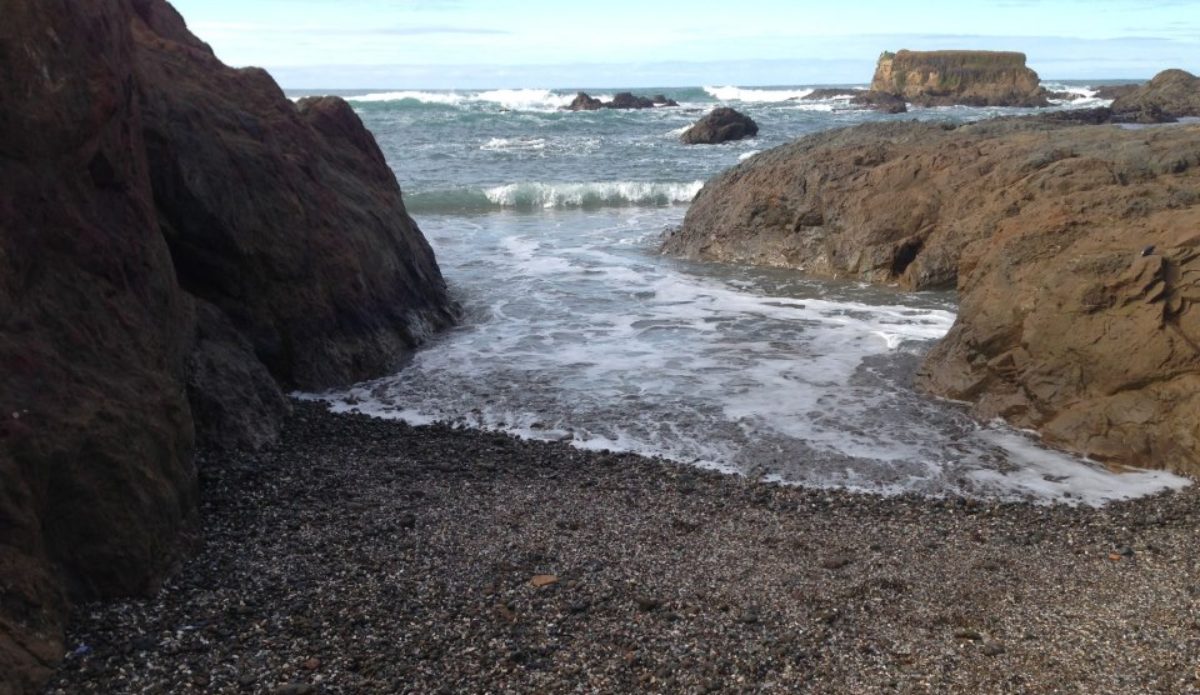Hey fellow adventurers! For these next couple of blogs, I’ll be talking about Arabian food! I love these food posts because they give me an excuse to eat good food and they introduce to food I’ve never heard of before. Especially this month. I almost never go to Mediterranean restaurants but I’ll definitely start going more often now.
With few exceptions (such as inviting someone of much higher rank) when dining out, it’s customary for whoever extended the invitation to pay the bill. When paying the bill, it’s expected to leave a 10% tip. Apart from that, it looks like eating at a restaurant and eating at home have the same rules of etiquette so I’ll cover dining etiquette in Wednesday’s post.
Since there was no Saudi restaurant, we went to a Mediterranean restaurant called Aladdin Cafe. Since we’re vegetarians, we got the vegetarian platter that came with hummus, baba ganoush, tabbouleh, fattoush, dolma, falafel, pickles, tahini sauce and pita bread. Apart from the pickled radish, it was all delicious! 12/10 rating!

I preferred the hummus over the baba ganoush but they were both delicious.


The meal began with the fattoush which reminded me a lot of a western style salad served with baked pita bread instead of croutons.

And then everything else came out at once. At first, I was eating the tabbouleh by itself and it was good but sour. Finally, my husband and I realized there was salad dressing which left me regretting eating any of it without the salad dressing. It made a world of difference!

The dolma was a rice stuffed grape leaf dish. I normally heat mine up but it was good cold as well.

We also got a little bowl of pickles, pickled radish and olives. However, I’m not a big radish fan so that’s the only part of dinner I disliked. The pickles and olives were amazing!

Before this, I wasn’t a falafel fan. I had it a few years ago and hated how dry it was but at this place, paired with the hummus, it was superb! I might be a falafel fan now as long as it has the right kind of hummus paired with it.

And finally, since Ethan and I split our dinner, we decided to splurge on dessert. And I’m so glad we did! We ordered kunafa and it was heavenly! A serious contender for favorite dessert ever! No lie! It’s AMAZING! It’s creamy, sweet and crunchy! I cannot praise this dish enough!

If you want to make any of these dishes at home, here are some recipes:
Hummus: http://www.inspiredtaste.net/15938/easy-and-smooth-hummus-recipe/
Baba ganoush: https://toriavey.com/toris-kitchen/classic-baba-ghanoush/
Tabbouleh: http://www.geniuskitchen.com/recipe/tabbouleh-91403
Fattoush: https://www.themediterraneandish.com/fattoush-salad/
Dolma: http://globaltableadventure.com/recipe/recipe-stuffed-grape-leaves-warak-enab/
Falafel: https://cooking.nytimes.com/recipes/1015257-falafel?login=email
Tahini sauce: https://toriavey.com/toris-kitchen/tahini-sauce/
Pita bread: https://cooking.nytimes.com/recipes/1016071-homemade-pita-bread
Kunafa: http://www.geniuskitchen.com/recipe/kunafa-the-traditionally-desert-421973
I’m definitely going to this restaurant again. They have some flatbread pizza that I want to try next time. I’m not even upset about the fact they don’t serve alcohol because even though I don’t like tea, their mango tea was actually really good. Anyhow, if you have a favorite item you like to buy at Mediterranean restaurants, please let me know in the comment section below! I’m very interested! And thank you so much for reading my blog! Until our next adventure!



















